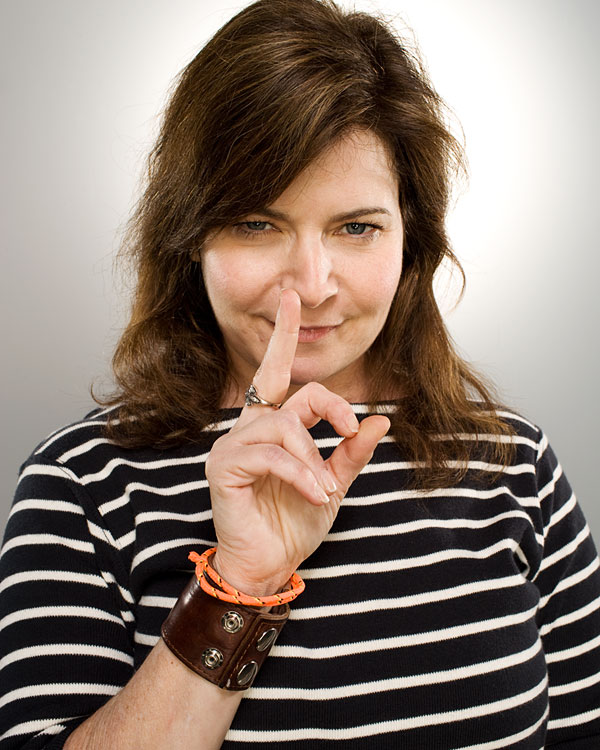When we step on stage, we enter a world with endless possibilities for characters, setting, and story.
Why then, do so many improv scenes start like this?

The answer is: it’s safe.
On the up side, it allows you to make eye contact with your scene partner easily. On the down side, it encourages you to stay static for long periods of time.
Two chairs facing towards each other could be the cue for a restaurant, a doctor’s office, a job interview, or any one of those undefined limbos where two people just sit and talk and keep sitting and talking that we’ve all seen and done, oh, about a million times.
If you’d like to change things up, take yourself out of your comfort zone, and you’re ready to break some chairs – uh, boundaries – let’s get started!
We Think In Pictures
Look at the examples below. What mise-en-scènes do you see? What relationships do the postive and negative space suggest?




Simply moving the chairs further apart changes the dynamic from cosy…


…to Citizen Kane “breakfast montage” chilly.
Of course, one chair can also tell a story. And the possibilities multiply when you add a third chair to the mix.
You Are The Architect
Just as you have a relationship with your scene partner, you also have a spatial relationship with the stage, the chairs, the curtains, and any mimed objects that become part of your scene.
In Viewpoints, this is called “Architecture.” Architecture also includes light, shadow, and sounds.
How you interact with your Architecture is important. Do you sit up straight, knees together? Or do you kick back and splay your legs, manspread-style?
How does it feel to be in that physicality? Who is that person?
Lean on a chair with one arm and see how that affects you. Place the chair between you and your scene partner. Or pick it up and throw it (somewhere that it won’t hurt anyone).
“Your architecture is an emotional delivery system that lets you express yourself to the audience. It’s your voice. It’s an anchor.” – David Razowsky
Dean Buchanan and Don Gervasi improvised a brilliant scene for their Conservatory show about a cut-rate airline that crams in extra seats. They discovered the scene and their characters by placing their chairs close to one another at right angles.
Dean became a low-status passenger who spent the flight facing Don’s high-status business passenger. The intimacy it created and the resulting conversation were pure comedy gold. (After a particularly long, awkward silence, Dean broke it by saying “You have great hair.”)

Exercise: Walk With Chairs
My first Harold coach, Tom Vest, taught my team this exercise. It’s a great way to find a point of view and avoid pre-planning.
To begin, two people grab a chair each and walk around the space. The idea is to keep moving, not dawdle or linger too long in one area.
After a few moments, the Coach/Director says “Stop!”
The improvisers place their chairs down wherever they are. After a beat to see what the stage picture and their scene partner’s posture suggests to them, they start a scene.
You don’t have to sit; you can lean on the chair, stand beside it, put one foot up…whatever feels right in the moment.
Cameron and I did a show where we used this technique. When one of us wanted to edit a scene, we just picked up one or both chairs and placed them somewhere else on the stage.
Advanced Chair Work
As we’ve seen, just the slight repositioning of a chair can change the dynamic of a scene. Here are some ways you can use chairs to create different objects. Try them, or experiment with your own:
• as a wheelchair
• upside down on your head with the back of the chair facing forward to become Darth Vader
• place each foot on a chair and hold them as you lift your feet to walk; voila! instant stilts
• grab two chairs and flap them on either side of you for pterodactyl wings















